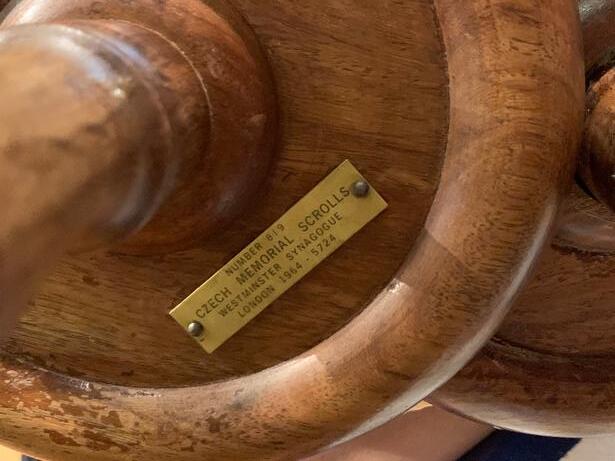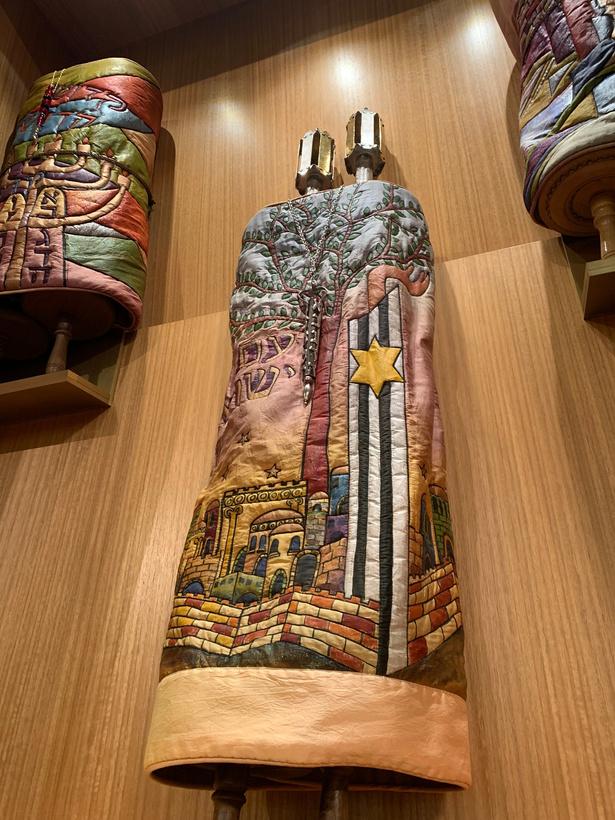
1 minute read
A Torah Weeps
Rabbi Alex J. Goldman began his Jewish Post article this way: “Holocaust memorials dot the world to recall history’s evil… Communities have felt impelled to personalize and tell the story in sculpture, mound, photograph, building, museum. The medium is the message…. Yet you don’t have to see the actual artifacts of the Holocaust period to feel your guts turning, twisting and churning… You have only to see one item, only one, to get the same rending feeling and worse. You have only to see the Torah/Holy Scroll, which you have held, chanted over, admired, touched, perhaps carried on Simchat Torah or at a bar mitzvah service. You have to look in disbelief as our most sacred treasure, the Holy Scroll, physical, parchmented [sic], lying, tightly bound, rolled up, torn, singed, burnt, water-logged, scraped, slashed, parts missing, her face rubbed out, decimated.” (Jewish Post, Marion County, 22 January 1997)
Rabbi Brett Krichiver Senior Rabbi
Advertisement
One great teaching about a Torah scroll is that it represents, in physical form, the continuing narrative of the Jewish people. We are connected to the generations past and future like the sewn together sheets of parchment which give the Torah its shape. In order to get from one end of the Torah to the other, one must roll through the many stories, characters, and laws in between. That is the nature of a scroll, and that is the nature of our Jewish history as well.
Goldman was describing a pile of 1,564 Torah scrolls which made their way, in 1964, to the Westminster Synagogue overlooking Hyde Park in London. Their stories were varied and unique. The scrolls represented Jewish communities from Bohemia and Moravia and other parts of what was then Czechoslovakia. Nazis had documented each scroll, along with thousands of Jewish ritual objects and artifacts they had stolen/ gathered/ pilfered for some imagined permanent display. This chapter of Jewish history is well known to many in our IHC community. We have been blessed with the presence of one of those restored and reclaimed “Holocaust Scrolls” since 1988. Many generations of b’nai mitzvah students have read from and carried this treasure in our sanctuary. And each and every time, we have shared its story.
In this case, our Holocaust scroll, which belonged to a small community just outside of Prague called Dobříš (pronounced Dob-zhísh), carries the precious history of Eastern European Jewry in the 20th century, including the Holocaust, the Shoah. But this scroll also stands in testimony to our continued strength into the 21st century. And even though our b’nai mitzvah students can no longer read from the damaged parchment, we remind them each and every week of just how special it is for them to celebrate becoming a bat or bar mitzvah in its presence.








